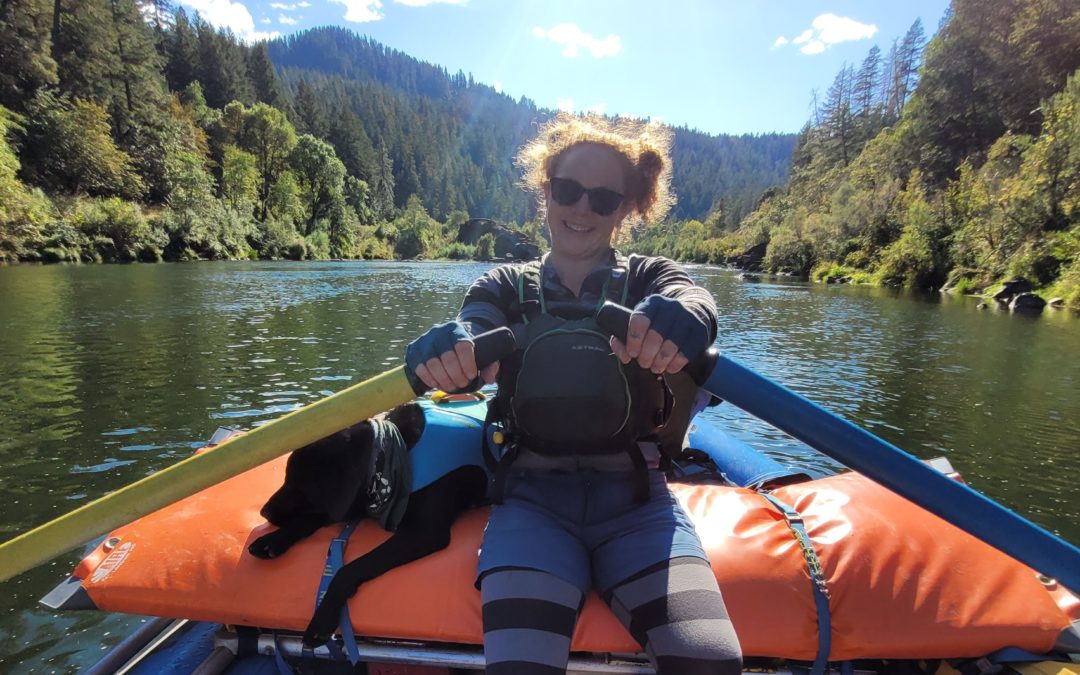
by Adventure Scientists | Dec 29, 2022 | adventurer spotlight, citizen science, Wild and Scenic Rivers
Abigail Taylor shares her experience volunteering for Adventure Scientists’ Wild and Scenic Rivers project, which provides water quality data to river managers of some of the most treasured waterways across the United States. In September 2022, she led a crew of...
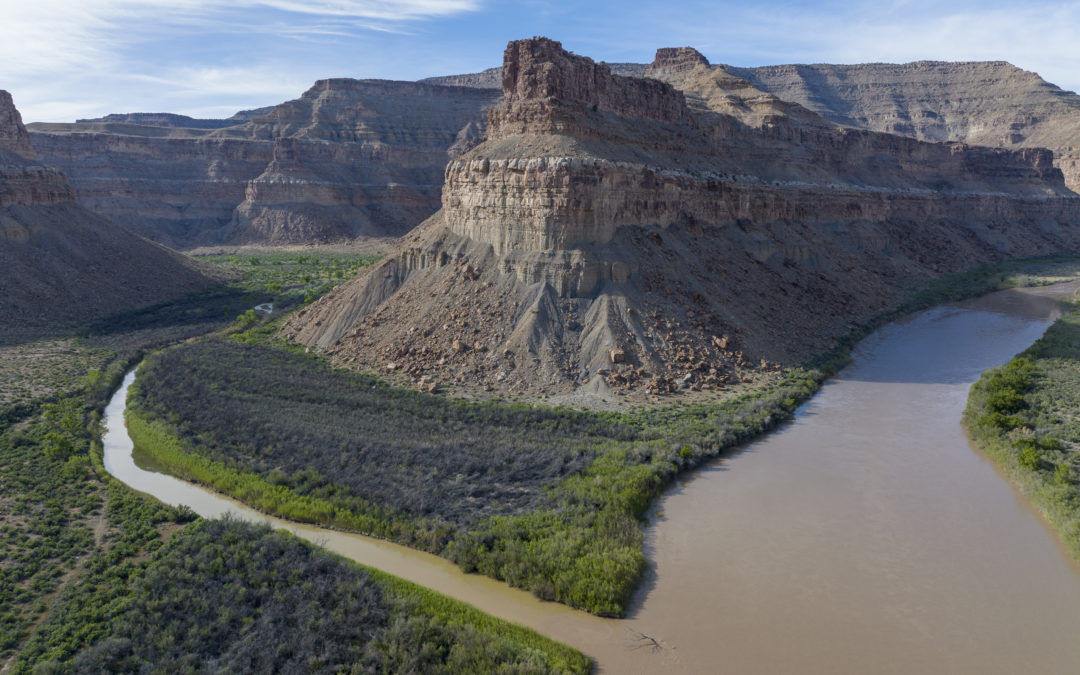
by Adventure Scientists | Oct 27, 2022 | adventurer spotlight, citizen science, conservation, Rivers, Wild and Scenic Rivers
Earlier this year, a volunteer with our Wild and Scenic Rivers project shared some stunning photos from his expedition to collect water quality data. We caught up with Seth Andersen, a third-generation Coloradoan living on the western slope of the Rockies. Learn more...
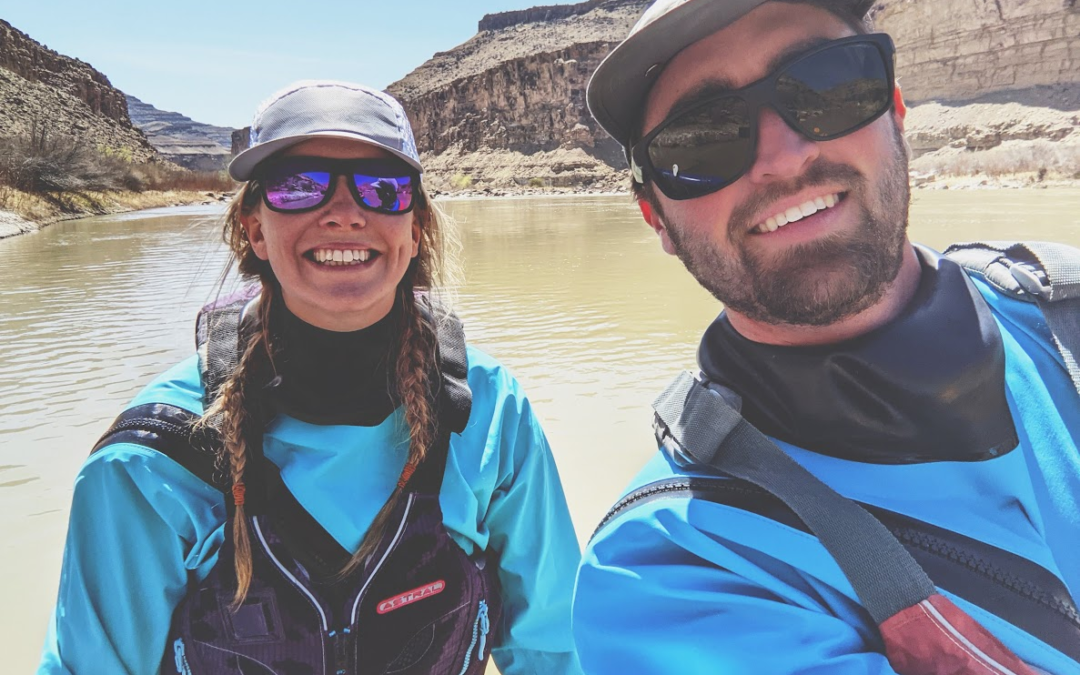
by Adventure Scientists | Sep 20, 2022 | adventure science, adventurer spotlight
Have you ever gone far into the wilderness and wondered how scientists get data from such remote places? Sometimes scientists go with instruments stowed in expedition packs, but others depend on Adventure Scientists. Volunteer Lindsay Hunt shares her adventures during...
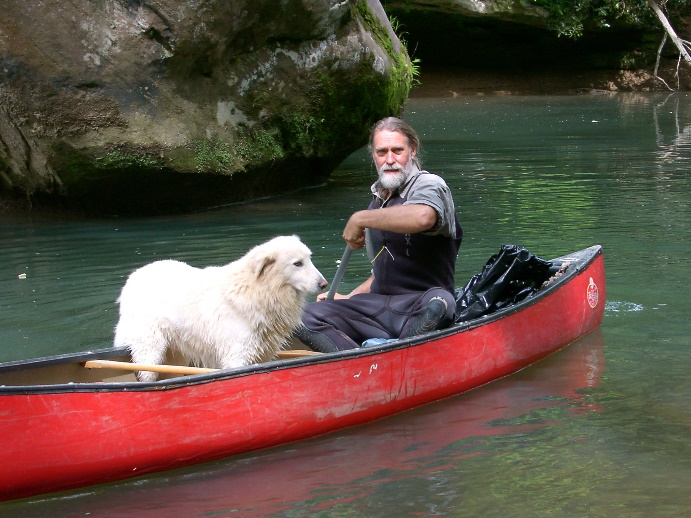
by Adventure Scientists | Mar 1, 2022 | adventurer spotlight
We asked volunteers with our Wild and Scenic Rivers project to share their favorite river stories. Enjoy the winning submission, a tribute to an outstandingly dedicated friend of the Red River in Kentucky by Laura Gregory, Kentucky Waterways Alliance Red River...

by Adventure Scientists | Aug 22, 2017 | adventure scientists, adventurer spotlight, Gallatin Microplastics, microplastic pollution, snow
By: Victoria Ortiz Are some people more prone to accepting change? Changing something requires a level of risk. It means venturing into a new territory where things are outside of your control and relying on one’s skills, creativity, and optimism to succeed....
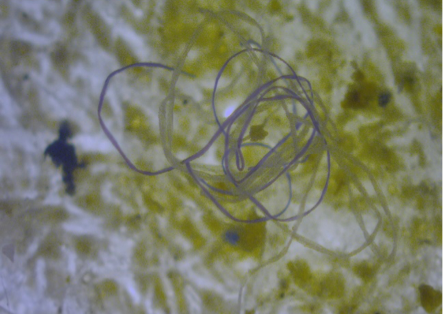
by Adventure Scientists | Jul 11, 2017 | adventure scientists, adventurer spotlight, conservation, freshwater microplastics, Gallatin Microplastics, microplastic pollution, research
By: Emma Bode Each year, 8,000,000 tons of plastic enter marine environments*. An astonishing 80% of this plastic comes from terrestrial sources. Among this plastic are tiny plastic fragments and fibers, five millimeters or smaller, known as microplastics. How are...







